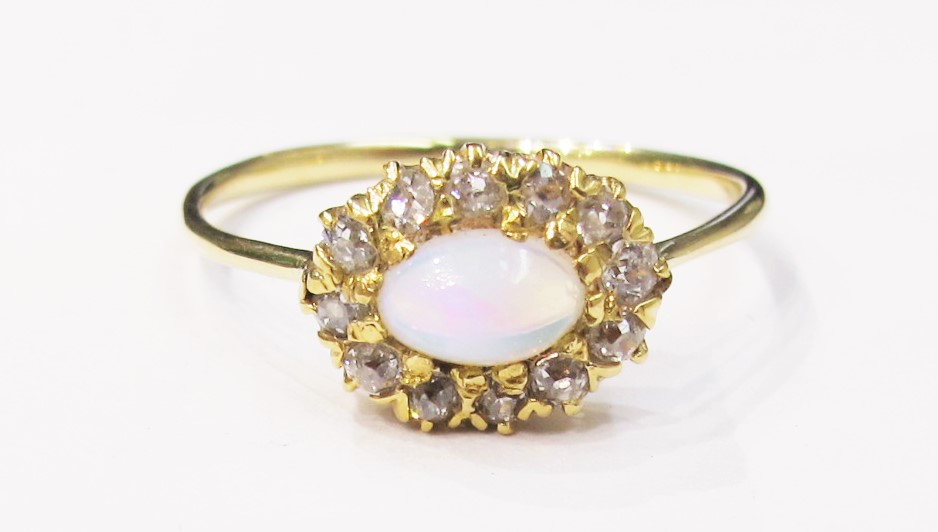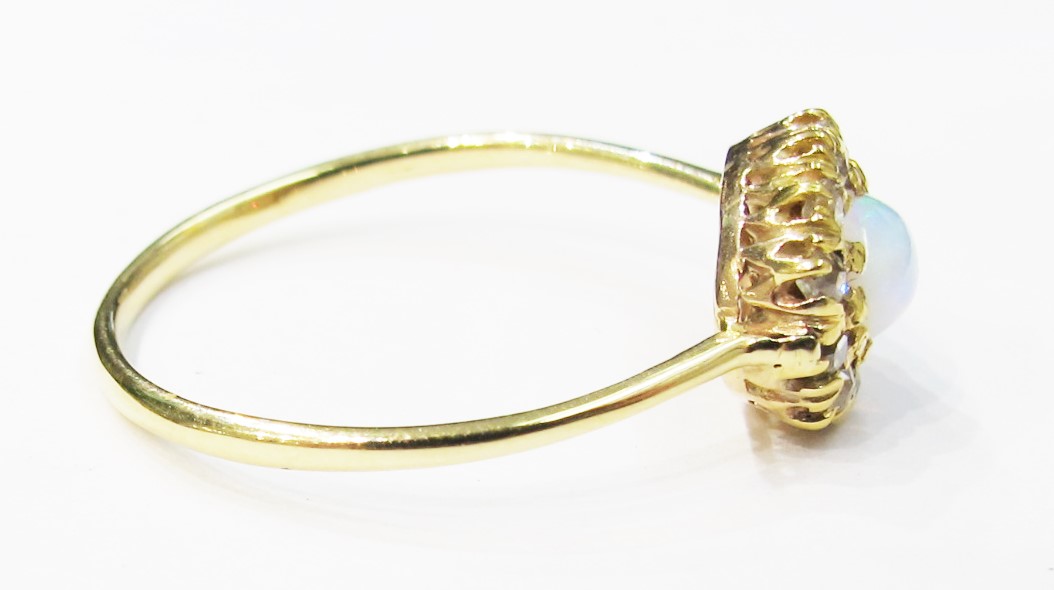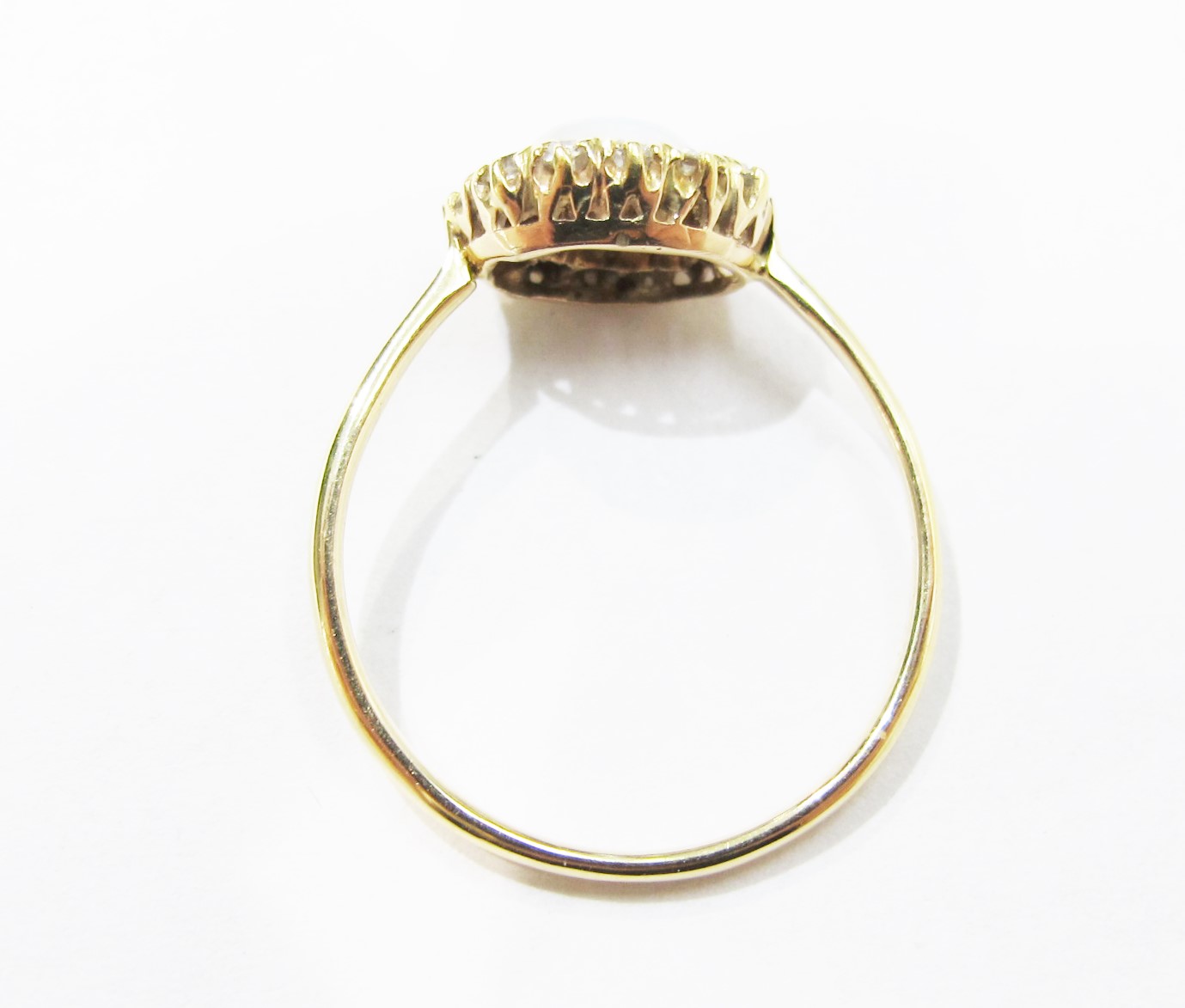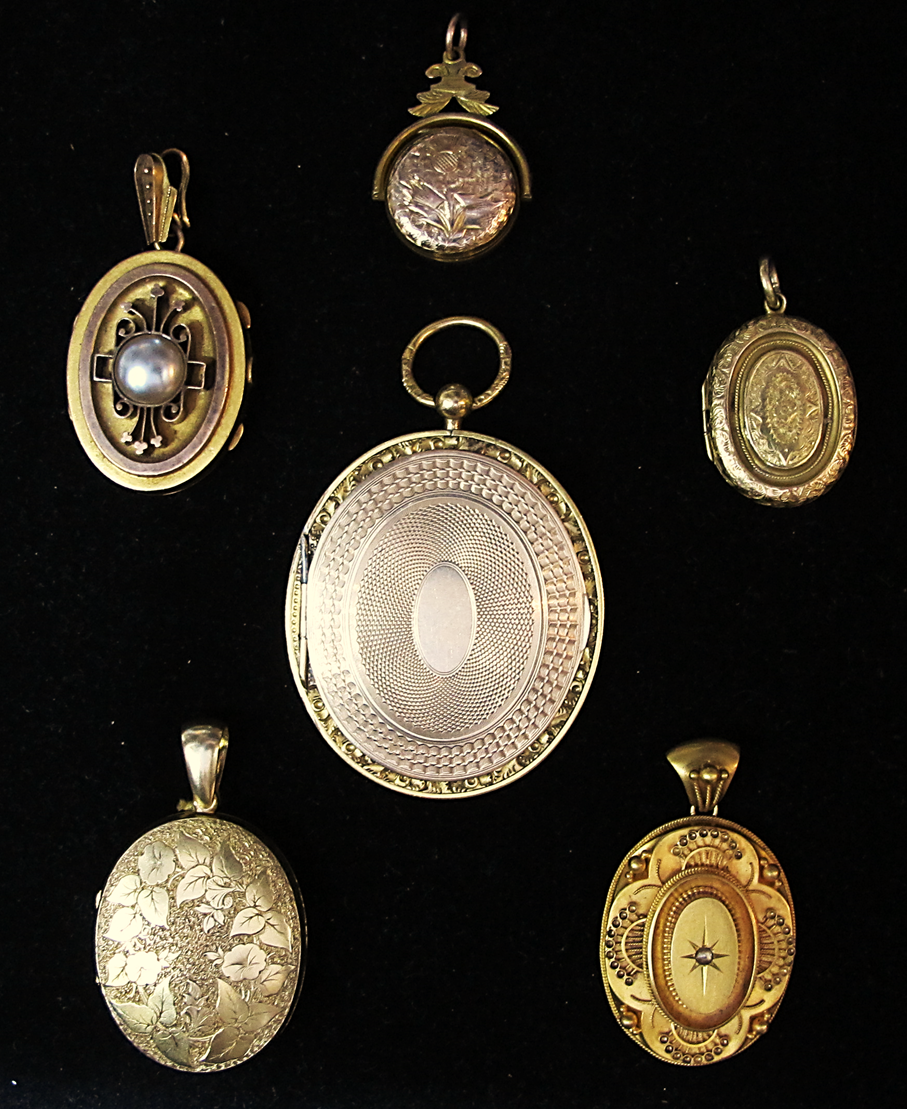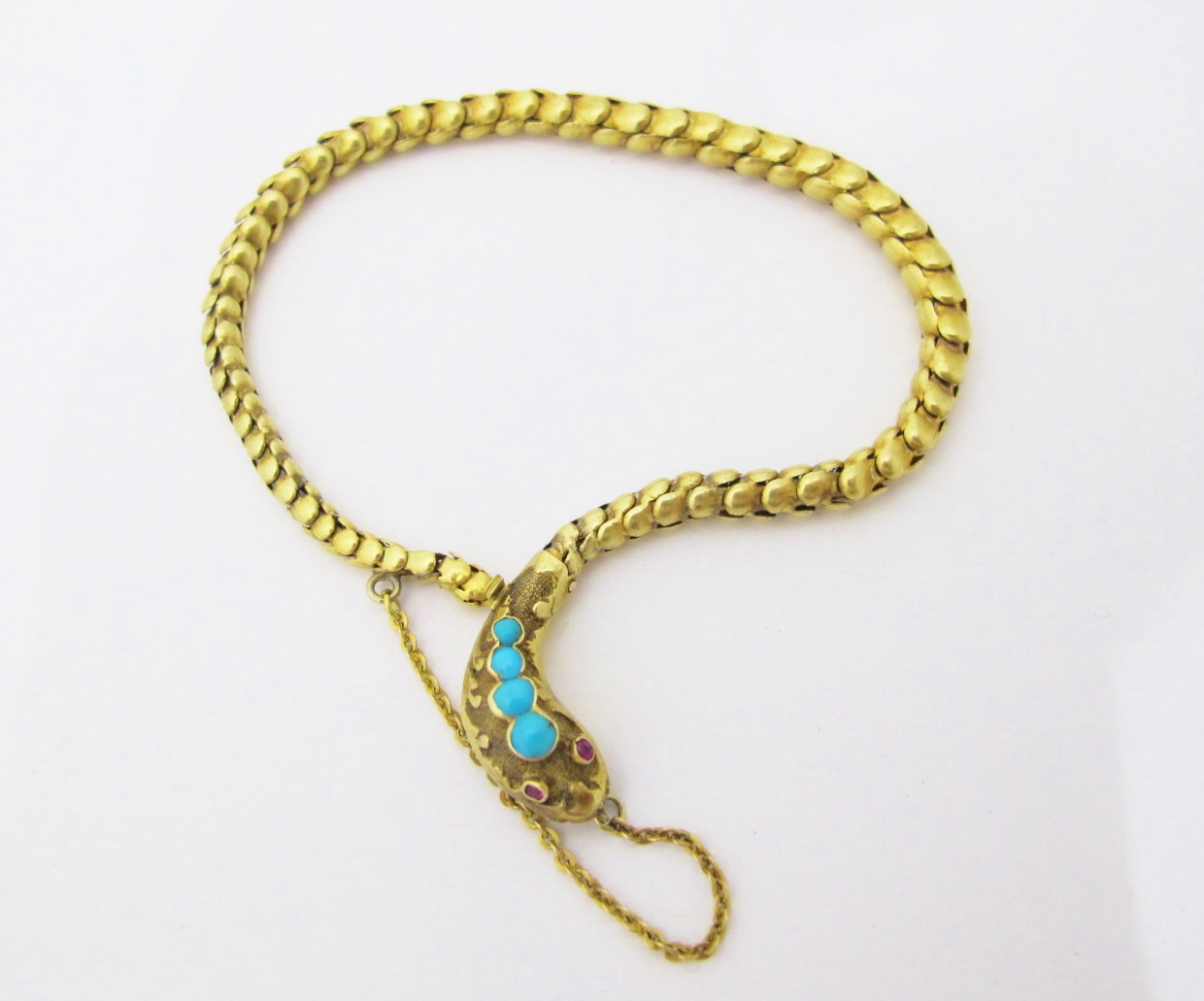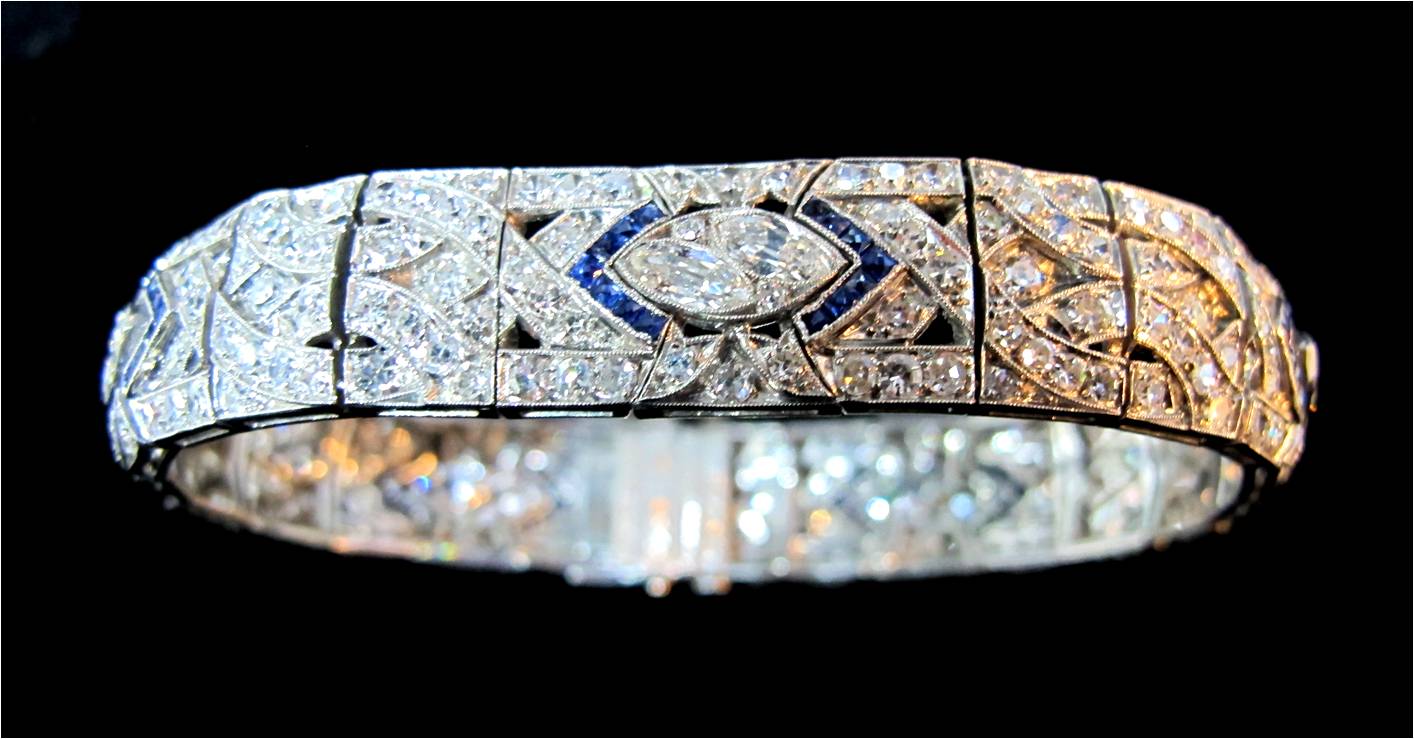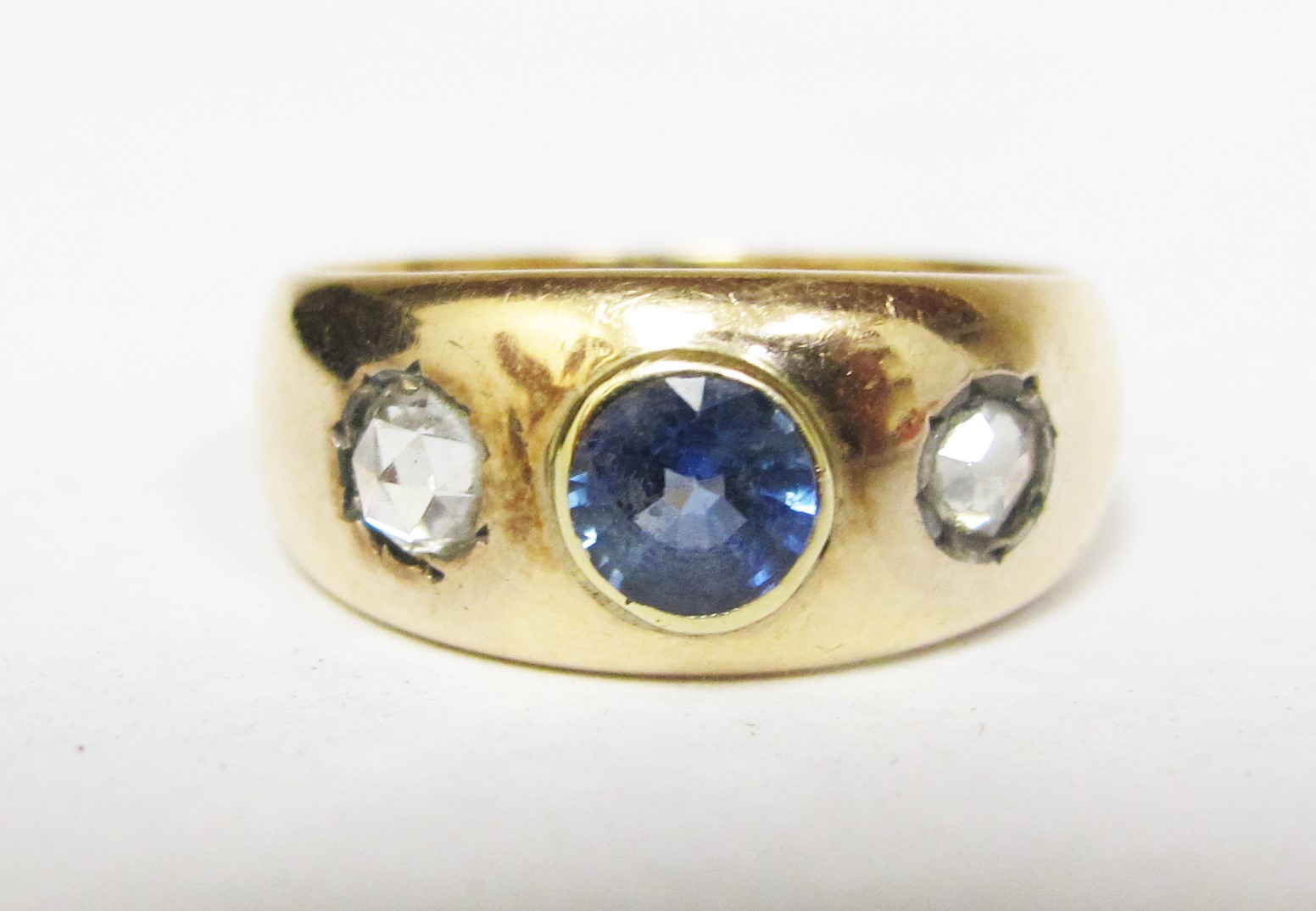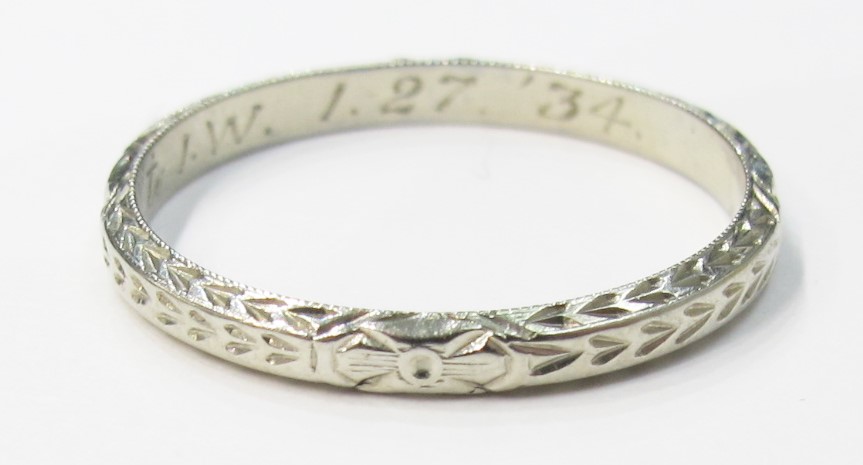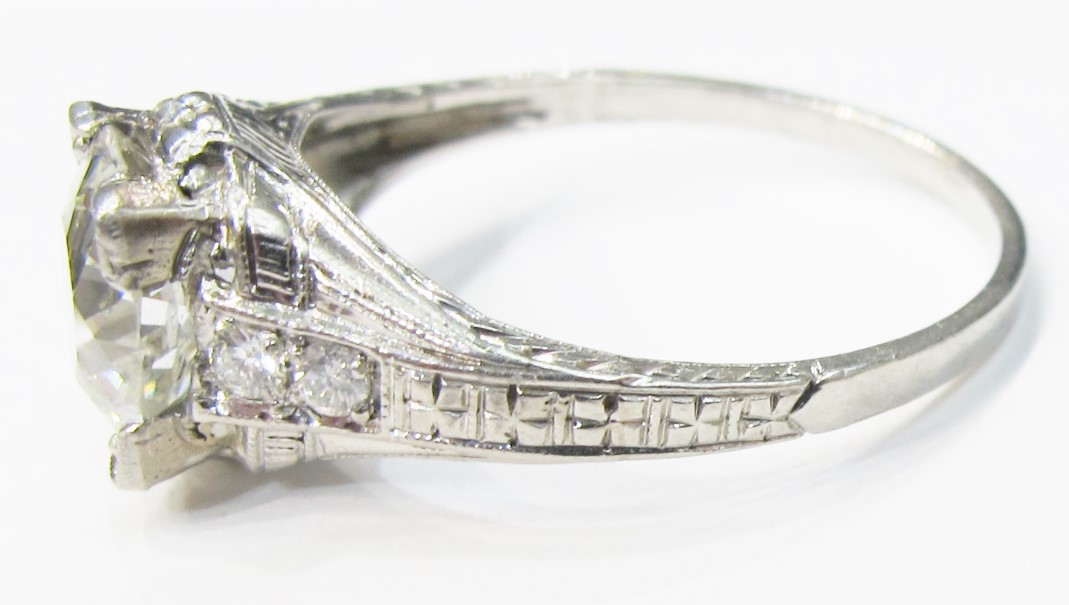Fall is wonderful for many reasons: Halloween candy, foliage, apple picking, etc., but for antique jewelry addicts the absolute BEST part about fall is the return of big brooch weather.
Assortment of Victorian gold & gemstone brooches, all currently available at Gray & Davis.
That’s right, gone are the gauzy garments of summer that could barely support a single stick pin. Back are the formidable trench coats, tweed blazers and chunky sweaters of fall: all perfect canvases for the substantial, statement-making brooches favored by Victorian fashionistas.


